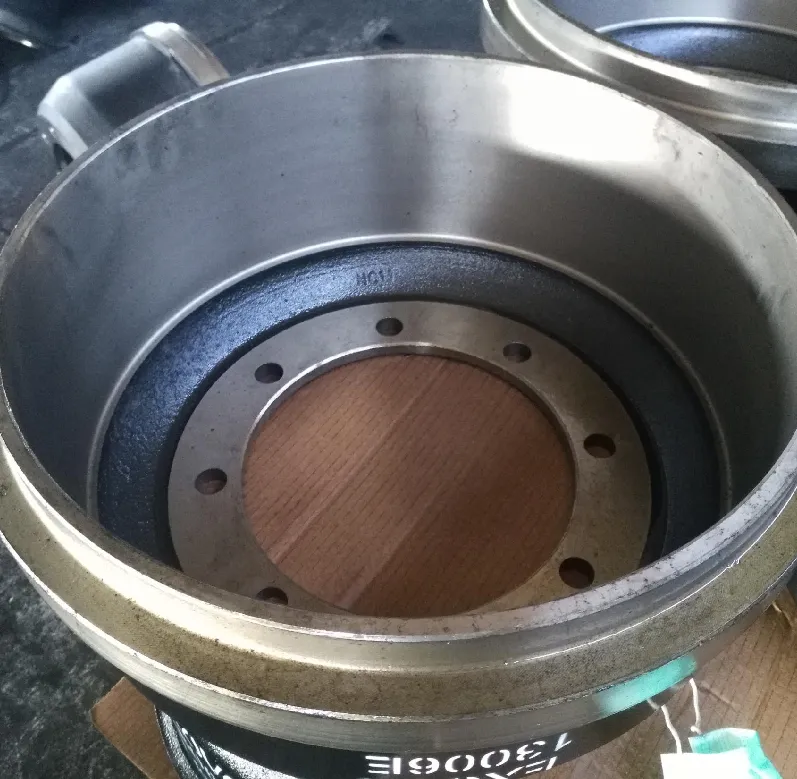Adjusting and Fine-Tuning Your Drum Brake System for Optimal Performance and Safety
Tightening Drum Brakes A Comprehensive Guide
Drum brakes have been a staple in automotive engineering since the early 20th century, and despite the prevalence of disc brakes in modern vehicles, they remain common due to their reliability and cost-effectiveness. Properly maintaining drum brakes is crucial for ensuring optimal performance and safety. One of the most important aspects of drum brake maintenance is the proper tightening of the brake components. In this article, we will explore the significance of tightening drum brakes, the necessary steps to do it correctly, and tips for regular maintenance.
Understanding Drum Brakes
Drum brakes consist of a cylindrical drum that rotates with the wheel and brake shoes that press against the inside surface of the drum to create friction and slow the vehicle down. The basic components include the drum, brake shoes, springs, and a wheel cylinder. When the driver presses the brake pedal, hydraulic pressure activates the wheel cylinder, forcing the brake shoes outward against the drum. Over time, these components may wear or become misaligned, leading to decreased braking efficiency and increased stopping distances.
Why Tightening is Important
Tightening drum brakes, particularly the brake shoes, is essential for several reasons
1. Safety Improperly tightened brakes can lead to uneven wear or, worse, brake failure. This can compromise the vehicle's ability to stop effectively, posing a severe safety risk both to the driver and other road users.
2. Performance Tightening the brakes ensures that they engage properly when the pedal is pressed, leading to a more responsive braking experience. If the shoes are too loose, there may be a delay in the braking response, causing potential hazards.
3. Longevity Regularly tightening and adjusting the drum brakes can extend their lifespan. Proper engagement of the brake shoes reduces wear on both the shoes and the drum surface, preventing excessive damage over time.
Step-by-Step Guide to Tightening Drum Brakes
1. Gather Your Tools You'll need a jack, jack stands, a lug wrench, and a brake adjuster tool or a screwdriver.
2. Lift the Vehicle Begin by securely lifting the vehicle and supporting it with jack stands. This ensures that you have a safe working environment.
tightening drum brakes

3. Remove the Wheel Using the lug wrench, remove the wheel to access the drum. Set the wheel aside and ensure it is safe from damage.
4. Inspect the Brake Components Before tightening, inspect the brake shoes, drum, and other components for wear or damage. Replace any parts that show signs of significant wear.
5. Tighten the Brake Shoes Locate the adjusting mechanism for the brake shoes. This is usually a star wheel adjuster located on the backing plate. Using your brake adjuster tool or screwdriver, turn the adjuster to expand the shoes until they lightly contact the drum. You should be able to spin the drum with slight resistance.
6. Reassemble the Brake System Once the shoes are tightened appropriately, replace any covers or components you removed. Then reattach the wheel, ensuring the lug nuts are tightened in a star pattern to distribute the pressure evenly.
7. Lower the Vehicle Carefully lower the vehicle back to the ground and perform a brake test before driving. Check for any unusual noises or resistance when pressing the brake pedal.
Regular Maintenance Tips
- Inspect Regularly Make it a habit to inspect drum brakes and their components regularly, especially when performing other vehicle maintenance.
- Listen for Signs Be attentive to unusual noises or changes in braking performance, which may indicate that adjustments or replacements are needed.
- Seek Professional Help If you're unsure about handling drum brake maintenance, it’s wise to consult with a professional mechanic. They have the expertise and tools to ensure the brakes are functioning correctly.
Conclusion
Tightening drum brakes is a critical process that significantly impacts your vehicle's safety and performance. With regular inspections and proper maintenance, you can enhance the reliability of your braking system, ultimately leading to a safer driving experience. Remember, when it comes to vehicle safety, prevention is always better than cure.
-
The Power and Reliability of Brake DrumsNewsAug.27,2025
-
The High-Quality Truck Brake DrumsNewsAug.27,2025
-
Quality Brake Drums for Reliable PerformanceNewsAug.27,2025
-
Get the Quality Semi Trailer Brake Drums for Your FleetNewsAug.27,2025
-
Everything You Need to Know About Brake DrumsNewsAug.27,2025
-
Enhance Your Vehicle's Performance with Reliable Brake DrumsNewsAug.27,2025
-
Truck Drum Brake Spring Replacement ProcedureNewsAug.22,2025


